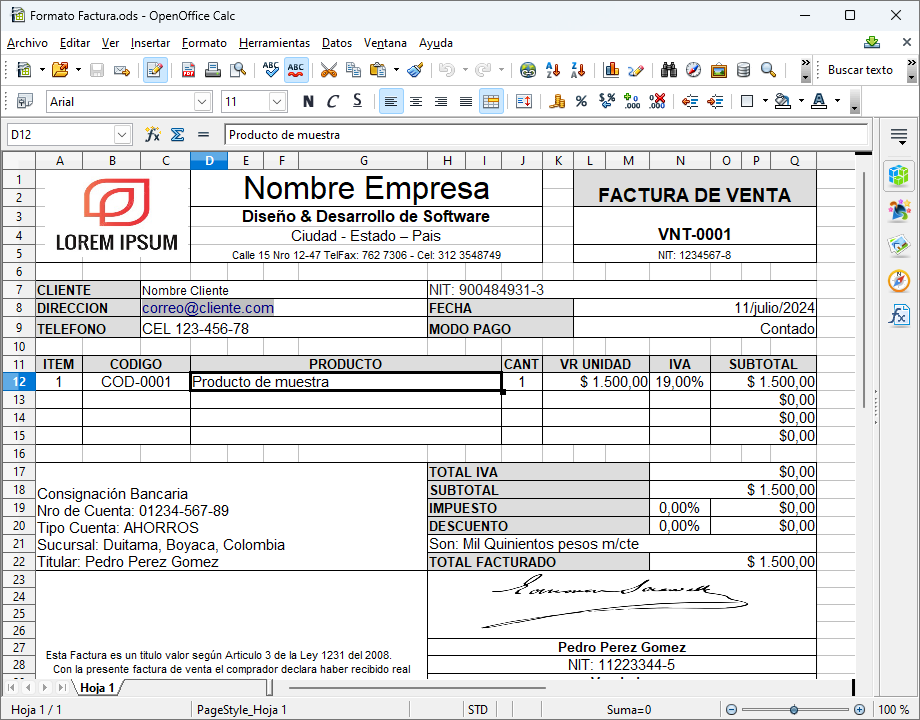How to Detect Products with Low Turnover and Readjust Your Strategy
In the world of marketing and inventory management, it is essential to keep an eye on the rotation of products in your store. Products with low rotation can be an obstacle to the growth of your business, as they take up valuable space on your shelves and can generate financial losses. In this article, we will show you how to detect products with low rotation and how to adjust your strategy to maximize your profits.

What is product rotation?
Product rotation refers to the frequency with which products are sold and restocked in your store. High rotation indicates that products are selling quickly and being restocked frequently, while low rotation indicates that products are selling slowly and may remain on the shelves for prolonged periods.
Why is it important to detect products with low rotation?
Detecting products with low rotation is crucial for your business because:
- Reduces the efficiency of storage space: Products with low rotation take up valuable space on your shelves that could be used for more profitable products.
- Generates financial losses: Products with low rotation can generate financial losses due to lack of sales and the need to restock them.
- Affects customer satisfaction: Products with low rotation can lead to a lack of variety and options for your customers, which can affect their satisfaction and loyalty.
How to detect products with low rotation
There are several ways to detect products with low rotation, including:
- Sales data analysis: Review your sales data to identify products that are not selling frequently.
- Inventory review: Review your shelves and warehouse to identify products that have been there for prolonged periods.
- Customer surveys: Conduct surveys of your customers to find out what products they would like to see in your store.
How to adjust your strategy?
Once you have detected products with low rotation, it''s time to adjust your strategy to maximize your profits. Here are some options:
- Discounts and promotions: Offer discounts and promotions to attract customers and sell products with low rotation.
- Location change: Change the location of products with low rotation on your shelves to give them more visibility.
- Product elimination: Consider eliminating products with low rotation from your inventory to free up space and resources.
- Product replacement: Replace products with low rotation with new products that are more attractive to your customers.
Detecting products with low rotation and adjusting your strategy is essential to maximize your profits and maintain a successful business. By analyzing your sales data, reviewing your shelves and warehouse, and conducting surveys of your customers, you can identify products with low rotation and take steps to improve their sales. Remember that the key is to be flexible and willing to change your strategy to adapt to the needs of your customers and the market.





